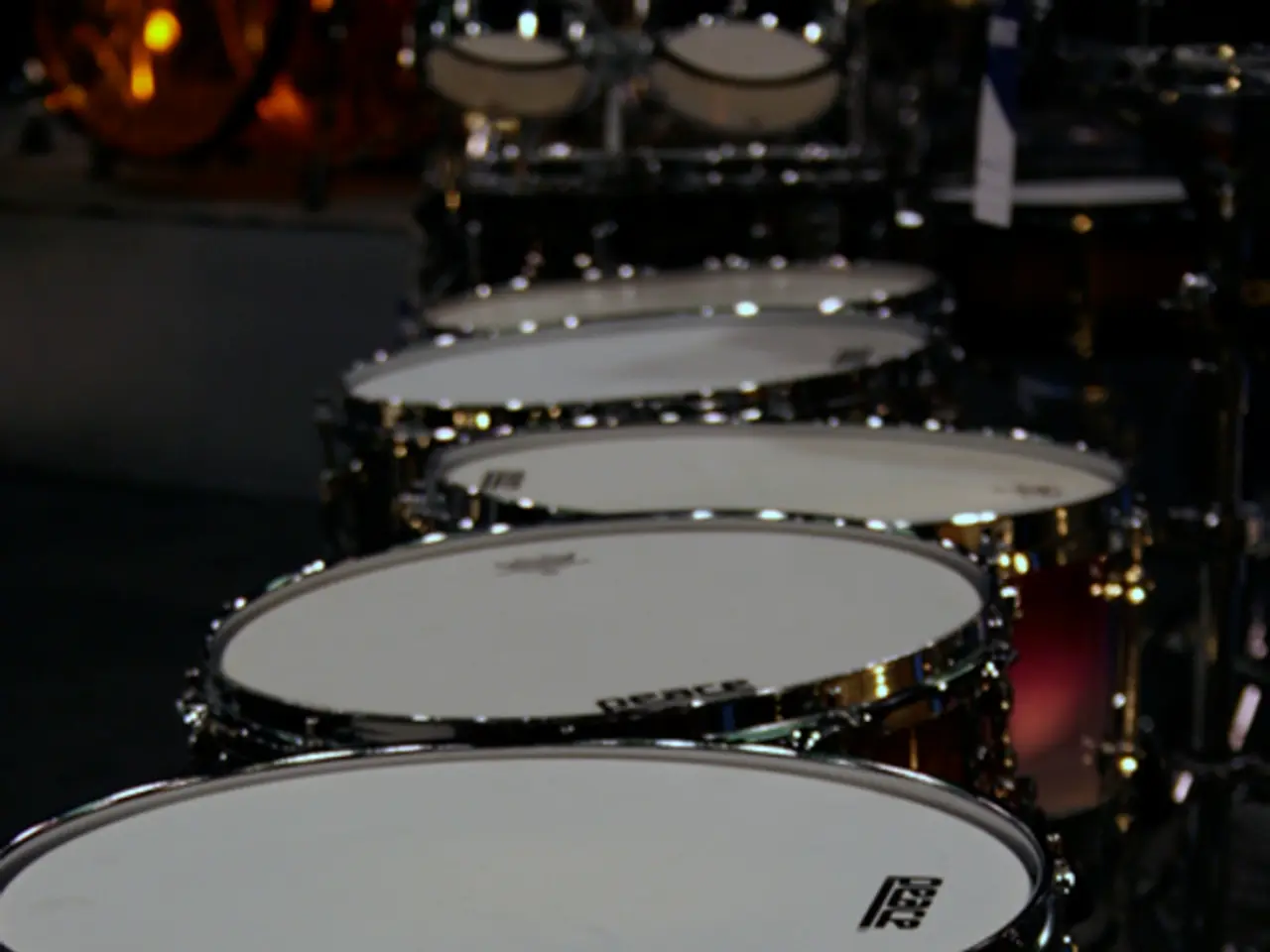Compulsive Stealing and Substance Abuse: Uncovering the Parallels
Kleptomania, an impulse control disorder characterized by recurrent impulses to steal objects, has long been a subject of intrigue due to its complex relationship with addiction. Recent research suggests that kleptomania shares many overlapping features with substance use disorders (SUDs), biologically, physiologically, and in treatment approaches.
The shared neurobiology between these conditions primarily revolves around dysregulation of brain reward and impulse control systems. All three conditions involve dysfunction in brain circuits related to reward processing and impulse control, including the dopaminergic system and regions such as the prefrontal cortex and limbic system. These pathways regulate urges, cravings, and compulsive behaviors.
In kleptomania, the act of stealing triggers a neurochemical response similar to addictive behaviors, producing an adrenaline rush and emotional flood that reinforces the stealing behavior. This is akin to the reward sensations sought in substance abuse and addiction. Treatments that target these neurobiological pathways, such as opiate antagonists (e.g., naltrexone), have been investigated for kleptomania, reflecting similarities with addiction treatment approaches.
Motivations for these compulsive behaviors also overlap. All involve compulsive behaviors driven by an urge or craving that the individual finds difficult to resist despite harmful consequences. Kleptomania specifically involves a psychological urge to steal unrelated to need or monetary gain, often accompanied by guilt and shame. Addiction and substance abuse involve a drive to consume substances to achieve a rewarding feeling, relief from withdrawal, or escape from distress, with compulsive use despite negative impacts.
Clinical challenges in diagnosing and treating both conditions are significant. Diagnosis is complicated by overlapping symptoms with other psychiatric disorders and the secrecy/shame associated with kleptomania and addiction. Treatment often requires integrated approaches addressing both behavioral and neurobiological components, including psychotherapy and pharmacotherapy. Both kleptomania and substance addiction present high relapse risks, demanding long-term management strategies.
It is crucial for clinicians, researchers, and the public to recognize the connection between kleptomania and SUD, and approach treatment in a confidential, non-judgmental manner. Impulse control and relapse prevention strategies adapted from addiction treatment models may be implemented for individuals with kleptomania. Cognitive-Behavioural Therapy (CBT) may help individuals with kleptomania identify triggers, reframe thoughts, and develop healthier coping mechanisms.
In summary, kleptomania can be conceptualized within the framework of addictive and compulsive disorders due to shared neurobiological substrates involving reward and impulse dysregulation, similar motivational forces driven by compulsivity and negative affect, and common clinical obstacles related to diagnosis, treatment adherence, and relapse prevention.
The conversation about kleptomania must shift from blame and uncertainty to one of empathy and understanding. Treatment for co-existing kleptomania and Substance Use Disorders (SUD) should be treated together. The condition of kleptomania is highly underreported, potentially indicating a far higher burden than realized. There is an urgent need for larger-scale, more rigorous studies into the relationship between kleptomania and addiction.
Kleptomania is not a moral failing or a character flaw, and it is classified as a mental health disorder. The diagnostic criteria for Kleptomania include recurrent impulses to steal objects not in the interest of personal use or monetary value, an increasing sense of tension or pressure leading up to the act, a sense of relief, satisfaction, or pleasure following the act, and the act not being driven by a sense of anger or revenge, or influenced by hallucinations or delusions.
Anticonvulsants and Selective Serotonin Reuptake Inhibitors (SSRIs) may be prescribed to regulate neurochemical imbalances in kleptomania. The items stolen are usually trivial and not needed or wanted by the individual. Kleptomania appears to be more prevalent among females, with a 3:1 female-to-male ratio.
Understanding the relationship between kleptomania and addiction could lead to more effective and targeted treatment options, ultimately improving the lives of those affected by these complex conditions.
- The shared neurobiology between kleptomania and addiction suggests that both conditions involve dysfunction in brain circuits related to reward processing and impulse control, such as the dopaminergic system and regions like the prefrontal cortex and limbic system.
- Treatments for kleptomania that target neurobiological pathways, like Cognitive-Behavioural Therapy (CBT) or medication like anticonvulsants and Selective Serotonin Reuptake Inhibitors (SSRIs), reflect similarities with treatment approaches for addiction.
- Recognizing the connection between kleptomania and substance use disorders (SUD) is crucial for clinicians and researchers, as it may lead to more effective and targeted treatment options for co-existing conditions, ultimately improving the lives of those affected by these complex mental health disorders.
- Integrated approaches, which address both behavioral and neurobiological components, may be essential in treating both kleptomania and addiction, often involving psychotherapy and pharmacotherapy, with a focus on impulse control and relapse prevention strategies adapted from addiction treatment models.




